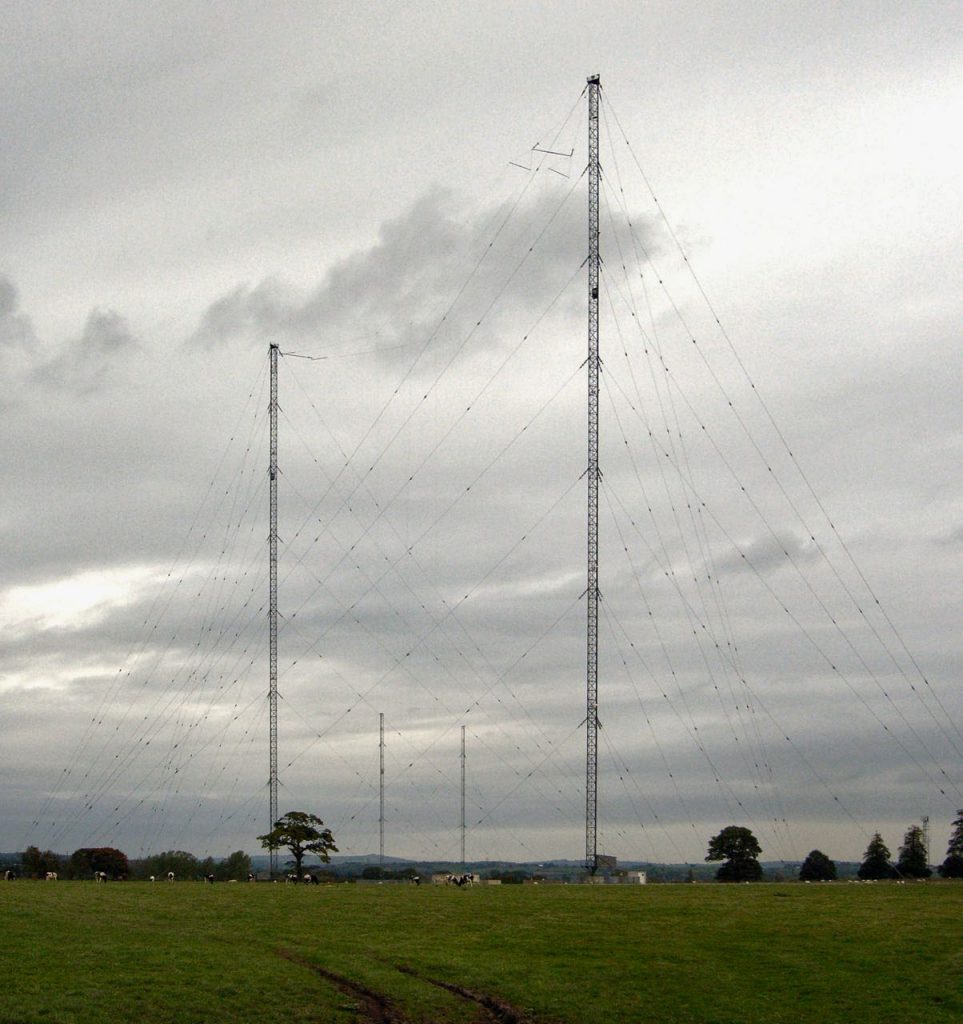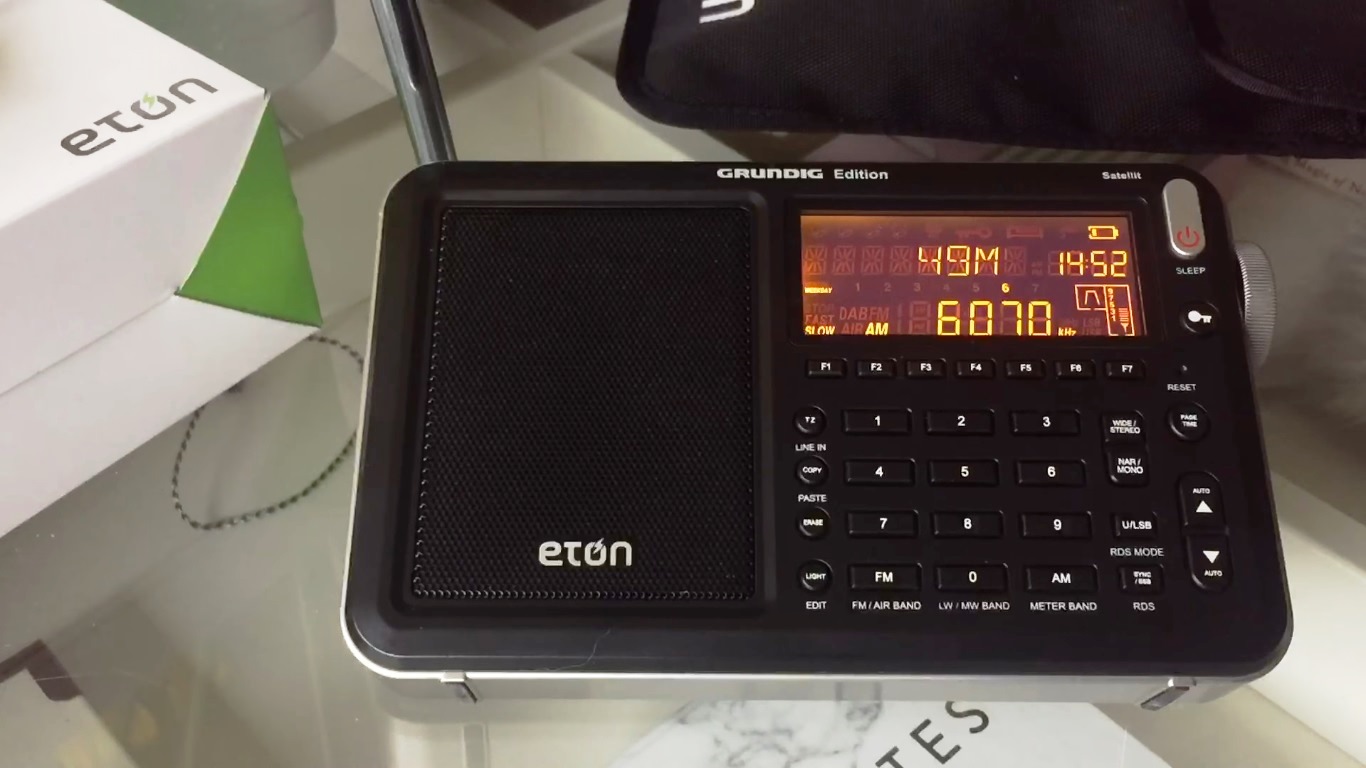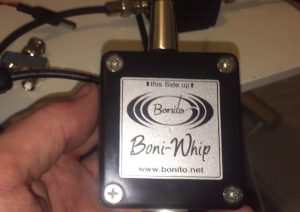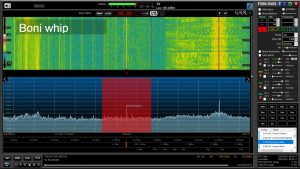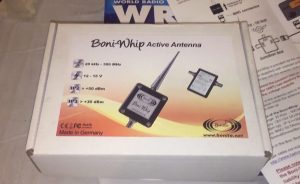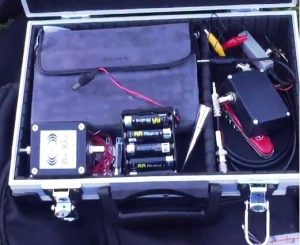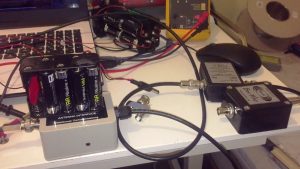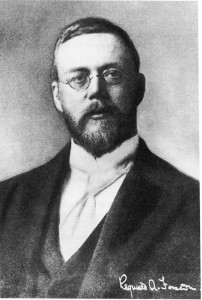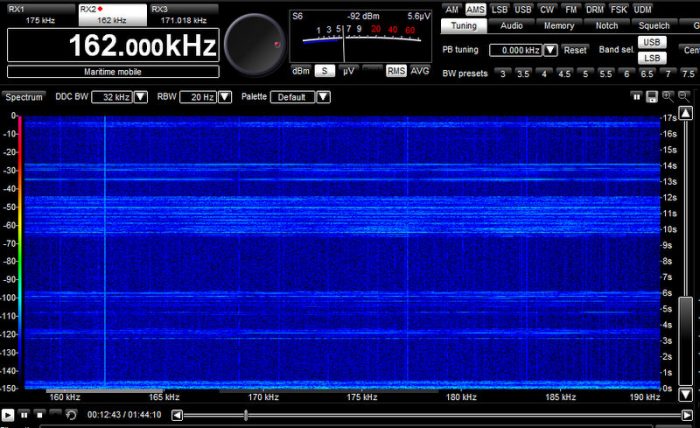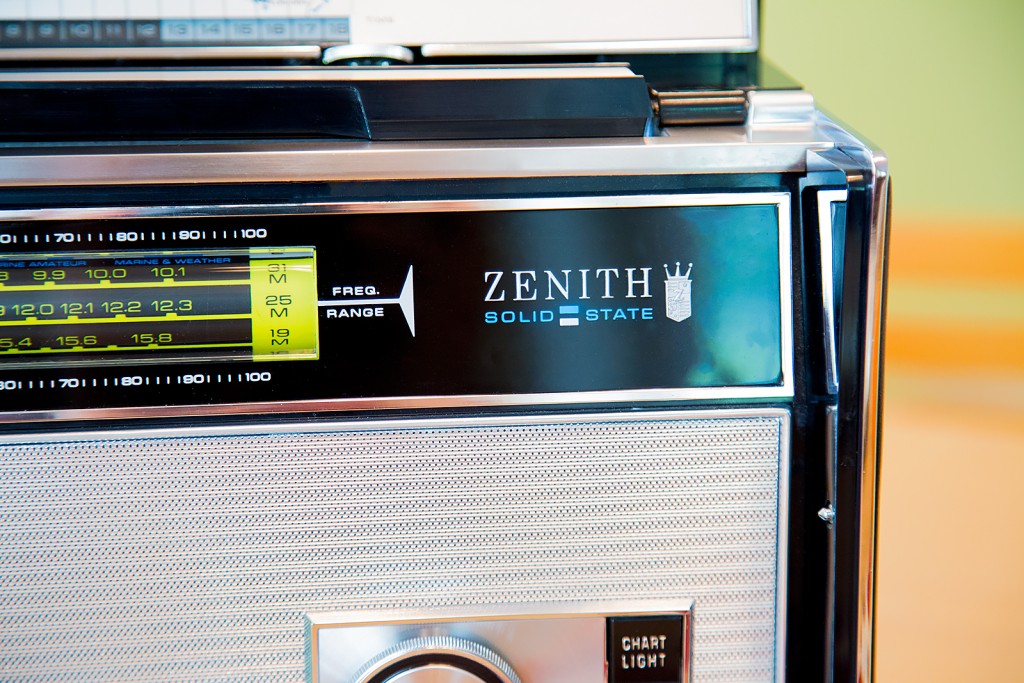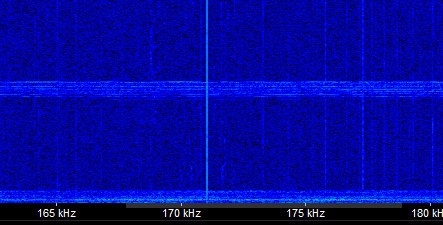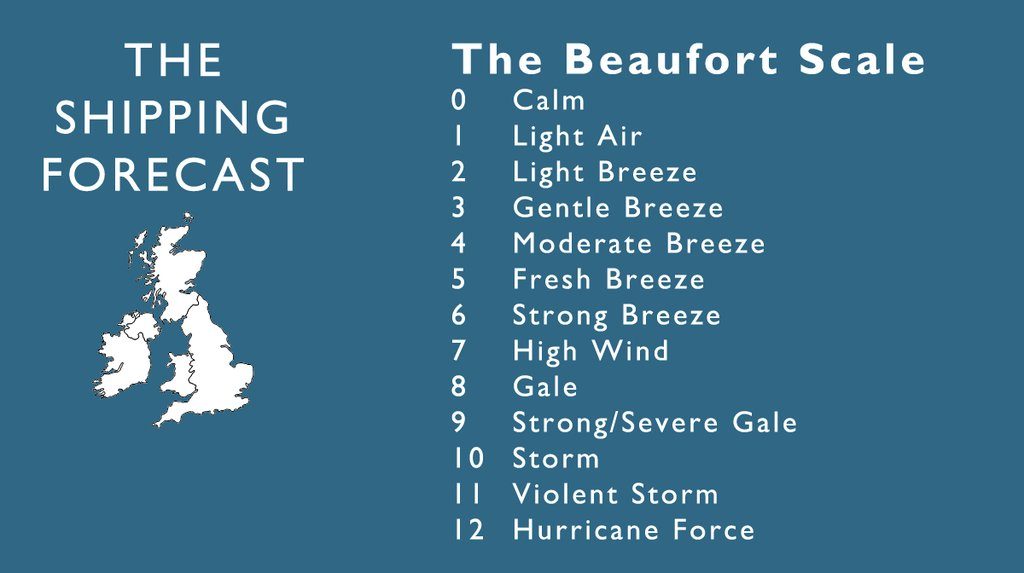 Many thanks to SWLing Post contributor Kris Partridge (G8AUU) who shares the following comment in reply to our post about Dave’s experience forcing the Shipping Forecast to repeat a broadcast:
Many thanks to SWLing Post contributor Kris Partridge (G8AUU) who shares the following comment in reply to our post about Dave’s experience forcing the Shipping Forecast to repeat a broadcast:
Hi Dave, G4OYX, et al
Not the only time the Shipping Forecast has had to be repeated for ‘Operational Error’
I hold my hand up for having had a broadcast repeated.
One morning, whilst still under the duvet, I found myself still listening to the overnight simulcast of BBC World Service on the BBC Radio 4 outlets. The simulcast of World Service is scheduled from 0100 local, just after the 0048 Shipping Forecast, till 0520 when it is followed by the Shipping Forecast. That wasn’t right, it now being around 0540. A quick check on the LF output, I was listening on my VHF-FM alarm radio, again it’s World Service. Something not quite right..!
Having the internal extension number of LCR (London Control Room) at BH (Broadcasting House) I made a quick call. A voice I recognised answered and after a short conversation was assured it would be remedied.
It was a few minutes later the Shipping Forecast was going out on 198 kHz and other R4 frequencies, followed by a short apology ” for technical reasons”.
A later phone call and heard, the overnight software update had managed to have done an update where it shouldn’t have.! I think a few red faces all round in the IT department.
So Dave the transmitters were OK it was the feed this time.
73 de Kris (G8AUU)
Thank you so much for sharing your story, Kris!
I mean, what are the odds that two people in our Post community have forced a re-broadcast of the Shipping Forecast??? Anyone else want to make a confession? 🙂

